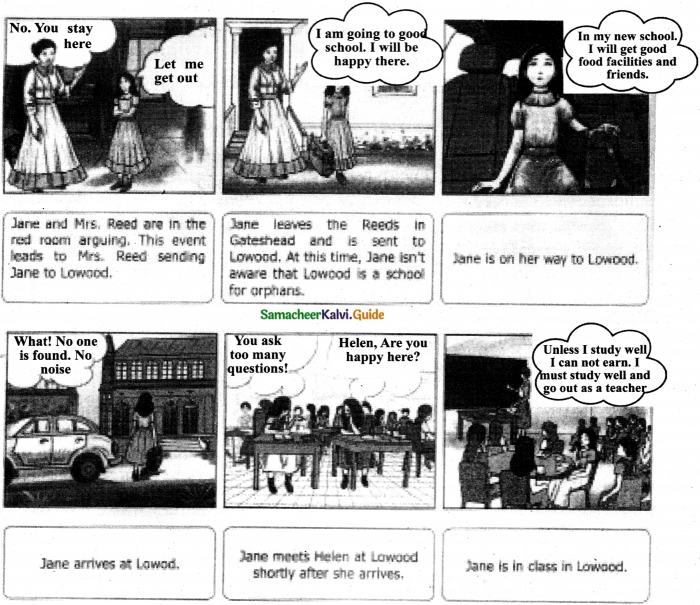Tamilnadu State Board New Syllabus Samacheer Kalvi 7th Social Science Guide Pdf Civics Term 2 Chapter 1 State Government Text Book Back Questions and Answers, Notes.
Tamilnadu Samacheer Kalvi 7th Social Science Solutions Civics Term 2 Chapter 1 State Government
7th Social Science Guide State Government Text Book Back Questions and Answers
I. Choose the correct answer:
Question 1.
What is the minimum age for becoming a member of the State Legislative Council?
a) 18 Years
b) 21 Years
c) 25 Years
d) 30 Years
Answer:
c) 25 Years
![]()
Question 2.
How many states does India have?
a) 26
b) 27
c) 28
d) 29 .
Answer:
d) 29
Question 3.
The word state government refers to
a) Government departments in the states
b) Legislative Assembly
c) Both a and b
d) None of the above
Answer:
c) Both a and b
Question 4.
The overall head of the government in the state is the
a) President
b) Prime Minister
c) Governor
d) Chief Minister
Answer:
c) Governor
![]()
Question 5.
Who appoints the Chief Minister and other Ministers?
a) President
b) Prime Minister
c) Governor
d) Chief Minister
Answer:
c) Governor
Question 6.
Who becomes the Chief Minister?
a) Leader of the majority party
b) Leader of the opposition party
c) Both
d) None
Answer:
a) Leader of the majority party
![]()
Question 7.
What are the three branches of the state Government?
a) Mayor, Governor, MLA
b) Panchayat, Municipality, Corporation
c) Village, City, State
d) Legislative, Executive and Judiciary
Answer:
d) Legislative, Executive and Judiciary
II. Fill in the blanks.
1. The Governor is appointed by the ………………..
Answer:
President
2.The leader of the majority party is appointed as ……………….. in the State Assembly.
Answer:
Chief Minister
3. ………………..is the highest judicial organ of the state.
Answer:
High Court
4. Mia stands for ………………..
Answer:
Member of the Legislative Assembly.
![]()
5. ………………..is a particular area form were all the voters living there choose their representatives.
Answer:
Constituency
6. The elected representatives who are not the member of ruling party are called ………………..
Answer:
Opposition party
III. Match the following.
| 1. MLAs | a) Chennai |
| 2. Governor | b) 7 |
| 3. Chief Minister | c) Head of the State |
| 4. Union Territories | d) Legislative Assembly |
| 5. Fort St. George | e) Leader of the Majority party |
Answer:
| 1. MLAs | d) Legislative Assembly |
| 2. Governor | c) Head of the State |
| 3. Chief Minister | e) Leader of the Majority party |
| 4. Union Territories | b) 7 |
| 5. Fort St. George | a) Chennai |
IV. Consider the following statement: Tick the appropriate answer.
Question 1.
Which of the following statement is/are not correct?
To become a governor, one
a) Should be the citizen of India
b) Should have completed 25 years of age
c) Should have sound mind
d) Should not hold any office of profit,
i) A & b ii) C & d iii) A iv) B
Answer:
iv) B
![]()
Question 2.
Consider the following statements and state true or false
a) MLAs are together responsible for the work of government.
Answer:
True
b) All the MLAs of other political party who do not belong to the ruling party are called opposition.
Answer:
True
c) MLAs are not the representatives of people.
Answer: False
Question 3.
Find out the correct meaning of bicameral legislature
a) It means that there are cameras in the legislature.
b) It means that the legislature has men and women members.
c) It means that there are two houses like upper house and lower house.
d) It means that the governor is the leader over the members of the legislature.
Answer:
c) It means that there are two houses like upper house and lower house.
![]()
Question 4.
Assertion (A) : India has a federal system of government.
Reason (R) : According to our constitution the power is divided between central and state governments
a) A is correct and R explains A
b) A is correct and R does not explain A
c) A is correct and R is wrong
d) Both are wrong
Answer:
a) A is correct and R explains A
V. Answer in one or two sentences.
Question 1.
What are the qualifications to become the Governor of a state?
Answer:
A person to be eligible for the post of Governor should be:
- The Governor should be the citizen of India.
- They should have completed 35 years of age.
- The Governor should have a sound mind and should not hold any public office of profit.
Question 2.
Who are called oppositions?
Answer:
The party which gets the total number of seats next to the majority party was called the opposition party.
Question 3.
Write a note on Lok Adalat.
Answer:
Lok Adalat is the people’s court established by the Government of India to settle disputes through conciliation and compromise.
![]()
Question 4.
What is a constituency?
Answer:
The constituency is the division in the state on the basis of the population. The entire state divided into several constituencies.
Question 5.
Who appoints the Chief Minister and other Ministers?
Answer:
The Governor appoints the Chief Minister and other Ministers.
VI. Answer the following in detail.
Question 1.
Describe the powers of the Governor.
Answer:
- Governor is the head of the State executive.
- All the administration works are carried out by his name.
- All bills become law only after his assent.
- He appoints important officials of the State Government such as Advocate General, Chairman, State Public Service Commision, State Election Commissioner, Vice-Chancellors of the State Universities etc.
Question 2.
Who is an MLA?
Answer:
- The Member of the Legislative Assembly is called MLA.
- They are elected by the people through general election.
- The candidate who gets the more number of votes becomes MLA.
- MLAs are the representatives of the people.
Question 3.
What is the role of the Chief Minister and other Council of Ministers at the state level?
Answer:
- The Chief Minister is the real executive head of the state administration.
- He allocated the portfolios among the ministers.
- The Chief Minister formulate programmes and policies for the welfare of the people of the state.
Council of Ministers: - All the ministers work as a team under the Chief Minister.
- The Council of Ministers is collectively responsible to the State Legislature and Legislative Assembly of state.
![]()
VII. HOTs.
Question 1.
Name some departments of the government.
Answer:
Some departments of the Government:
- Agriculture Department
- Energy Department
- Health and Family Welfare Department
- Industries Department
- Law Department
- Public works Department
- School Education Department
- Transport Department
- Youth Welfare and Sports Department
- Finance Department etc.
Question 2.
Tabulate: qualification, appointment and any two powers of Governor, Chief Minister and MLAs
Answer:

VIII. Activity.
Question 1.
Make a list of the name of the Governor, Chief Minister, and other Ministers with their departments
Answer:
State of Tamil Nadu Governor – Banwarilal Purohit
Chief Minister – EdappadiK., Palaniswami
Minsters:
- Dindigul C. Sreenivasan – Minister for forests
- SenkottaiyanK.A – Minister of School education
- SelIur K. Raju – Minister of Co-Operation
- Thangamani. P – Minister for Electricity
- Velumani – Minister for Municipal & Rural administration
- D. Jayakumar – Minister for Fisheries
- K.P.Anbalagan – Minister of Higher Education
- V. Saroja – Minister for Social Welfare and Nutritious Noon Meal Programme etc.
![]()
Question 2.
Write an essay on ‘If you were the Chief Minister of the state’
Answer:
If I will be the Chief Minister of the state:
- I would pass a strong law banning the cutting of trees. For cutting every single tree he would be forced to plant 100 trees.
- All the factory’s manufacturing units would be forced to install smoke and effluent treatment plants.
- I would implement anti-corruption law.
7th Social Science Guide State Government Additional Important Questions and Answers
I. Choose the Correct answer.
Question 1.
Which is our capital territory?
a) Chennai b) Mumbai
c) Newdelhi
d) Calcutta
Answer:
c) Newdelhi
Question 2.
The completed age of the people to cast their note in India
a) 15
b) 18
c) 20
d) 21
Answer:
b) 25
![]()
Question 3.
The term of the chief minister office is
a) 4 year
b) 5 years
c) 6 years
d) 7 years
Answer:
b) 5 years
Question 4.
The chief minister should have completed which years
a) 21
b) 23
c) 25
d) 30
Answer:
c) 25
Question 5.
Who appointed the Vice-Chancellors?
a) Governor
b) Chief minister
c) Register
d) High court judge
Answer:
a) Governor
![]()
II. Fill in the blanks.
1. Fort ………………….. is the first English fortress in India.
Answer:
St.George
2. A Legislative Assembly is the ……………….. house
Answer:
Lower
3 ………………..is the head of the union.
Answer:
President
4. The Member of the Parliament is called………………..
Answer:
MP
5. ………………..parties play a vital role in the election.
Answer:
Political
![]()
6 ………………..of India conducts the election.
Answer:
The Election Commission
7. ML A should have completed ……………….. years of age.
Answer:
30
8. Tamil Nadu has ………………..cameral Legislature.
Answer:
Uni
9. The lower house is called ………………..
Answer:
Legislative Assembly
10. The Council of Ministers are collectively responsible for the State ………………..Assembly.
Answer:
Legislative
![]()
11. ……………….Courts are to settle disputes relating to marriages.
Answer:
Family
12. Lok Adalat also called as
Answer:
People’s Court
III. Match the following:
| 1. High Court | a) 29 |
| 2. States | b) Highest Judicial Organ |
| 3. New Delhi | c) State capital |
| 4. Chennai | d) National Capital |
Answer:
| 1. High Court | a) 29 |
| 2. States | b) Highest Judicial Organ |
| 3. New Delhi | c) State capital |
| 4. Chennai | d) National Capital |
IV. Consider the following statements: Tick the appropriate answer:
Question 1.
1. There was no separate system of administration for the union, states, and union territories.
2. MLA’s are appointed by the governor
3. The central and state government work, together according to the Indian constitution
Answer:
3. The central and state government work together according to the Indian constitution
Question 2.
1. Vellore Fortress is the first English fortress in India.
2. St. George Fort houses the Tamil Nadu legislative assembly and secretariat of Tamil Nadu
3. Redfort is in Chennai
Answer:
2. St George Fort houses the Tamil Nadu legislative assembly and secretariat of Tamil Nadu
V. Answer in one or two sentences:
Question 1.
Where is Tamil Nadu State Legislative Assembly?
Answer:
Tamil Nadu State Legislative Assembly is at Fort St. George, Chennai.
![]()
Question 2.
Define the Legislative Assembly.
Answer:
A Legislative Assembly is the Lower house where all the MLAs meet to discuss various matters related to the welfare of the state.
Question 3.
Define the Federal system.
Answer:
The power is divided into two sets of governments – the Central Government and State Government. This is called as Federal system.
Question 4.
Explain Central Government.
Answer:
- India is a parliamentary democratic republic country.
- The President of India is the head of the Indian Union and the Prime Minister and all the ministers are responsible to run the Government. This is called the Central Government.
Question 5.
Who conducts elections in India?
Answer:
The Election Commission of India conducts and monitors the elections.
Question 6.
What is Bi-cameral Legislature?
Answer:
A state has two houses – an Upper house and a Lower house. This is called the Bi-cameral Legislature.
Question 7.
What is Unicameral Legislature?
Answer:
- In India, states have two houses in their Legislature.
- But some states have a Lower house only. This is called Uni-cameral Legislature.
- Ex: Tamil Nadu.
![]()
Question 8.
For what purpose courts have been established?
Answer:
The courts have been established to ensure justice to the people without any bias.
Question 9.
What are the duties of the three main branches of Government?
Answer:
- The three main branches or organs of Government are the legislative, executive, and Judiciary.
- The Legislative branch makes laws, the executive branch enforces the laws and the judiciary interprets the laws.
![]()
VI. Answer the following in detail:
Question 1.
Explain the Judicial System of States in India.
Answer:
- The Hight courts are the highest judicial organ in the state.
- It is an independent body.
- The State high court consists of a Chief Judge and other Judges.
- Chief Judges are appointed by the President and hold office till the age of 62.
- District courts and tribunals, family Courts, and Lok Adalat also ensure justice to the people and settle the disputes through conciliation and compromise.
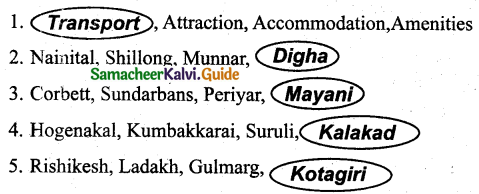

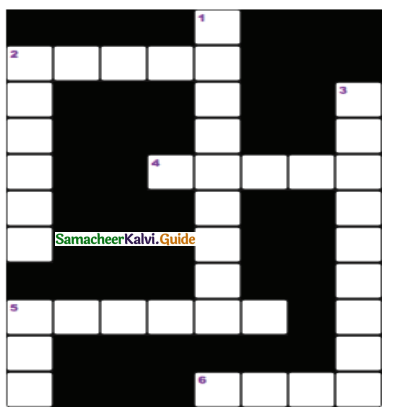
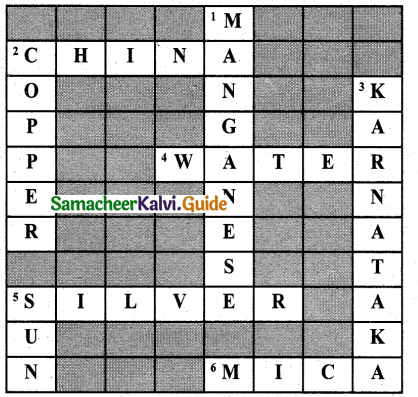
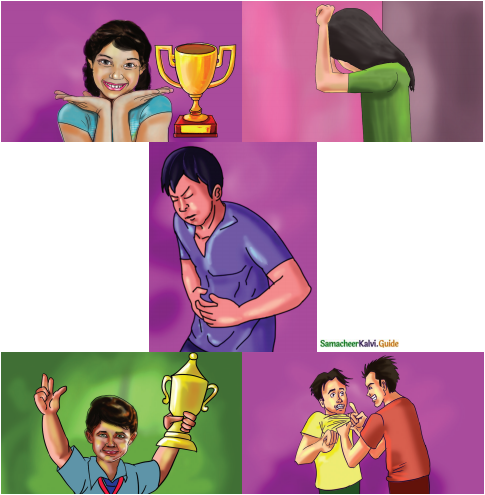
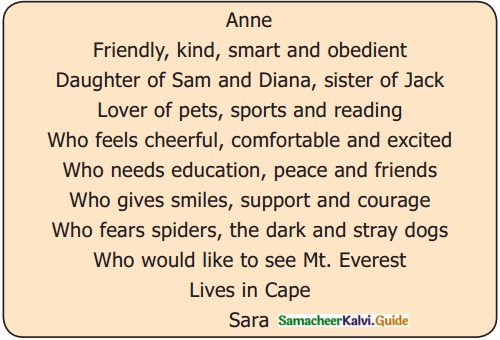
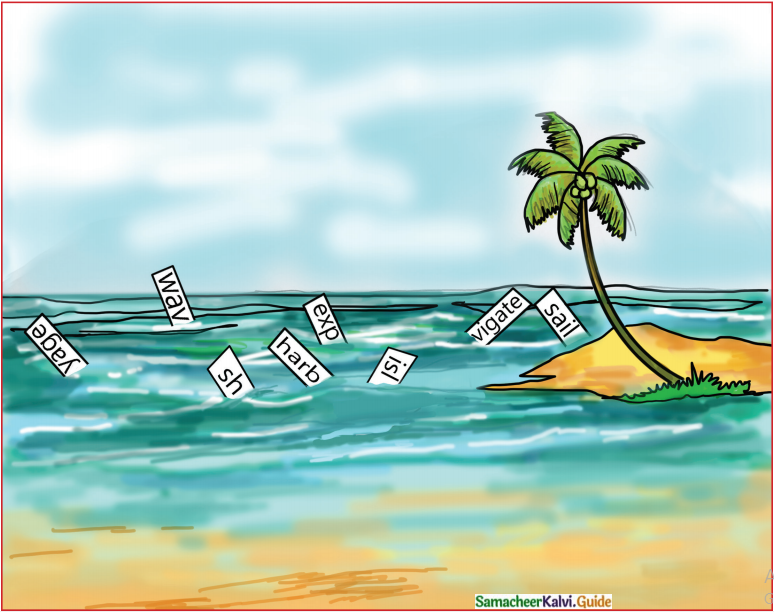
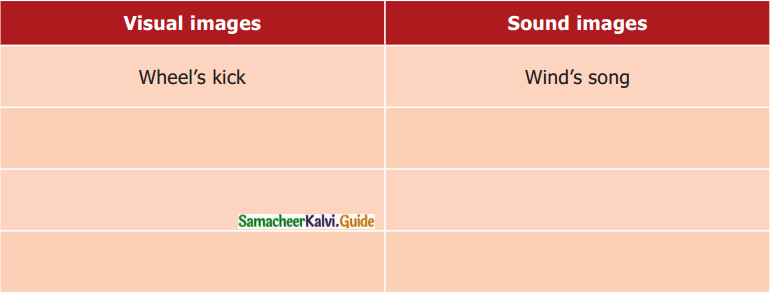
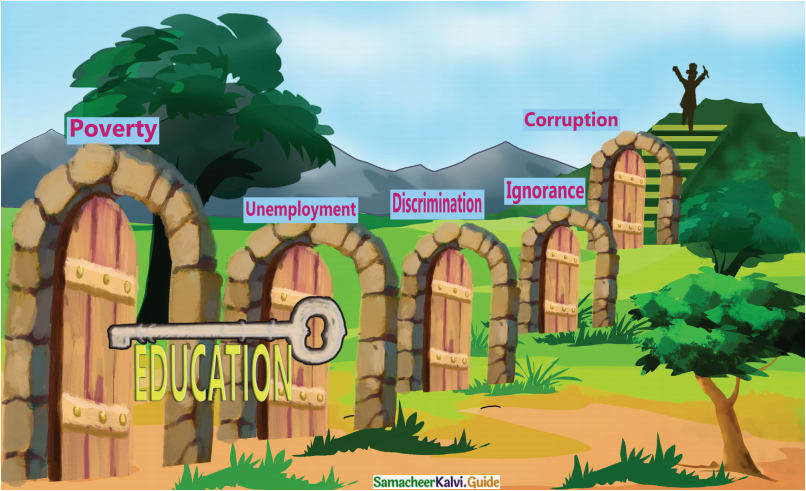

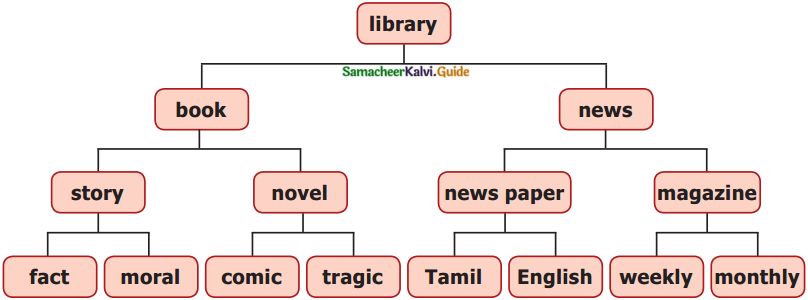
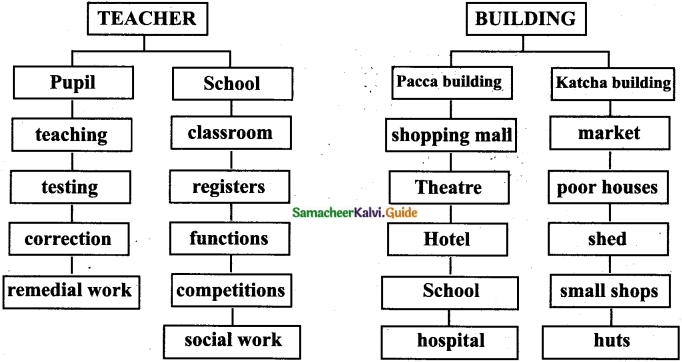
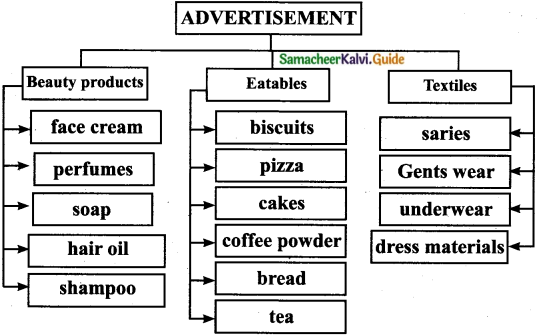
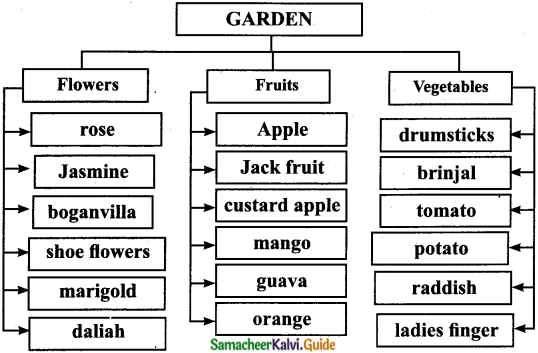
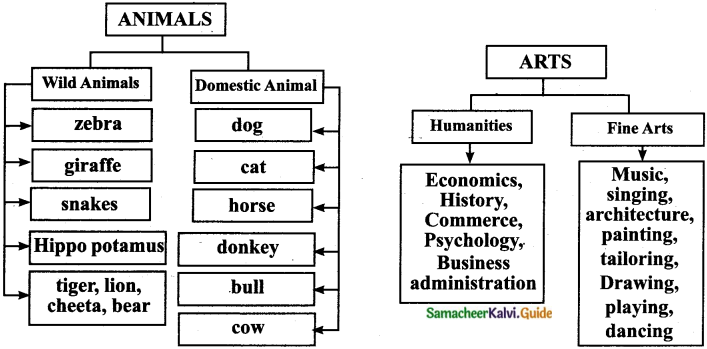
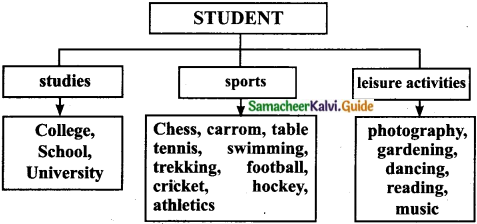

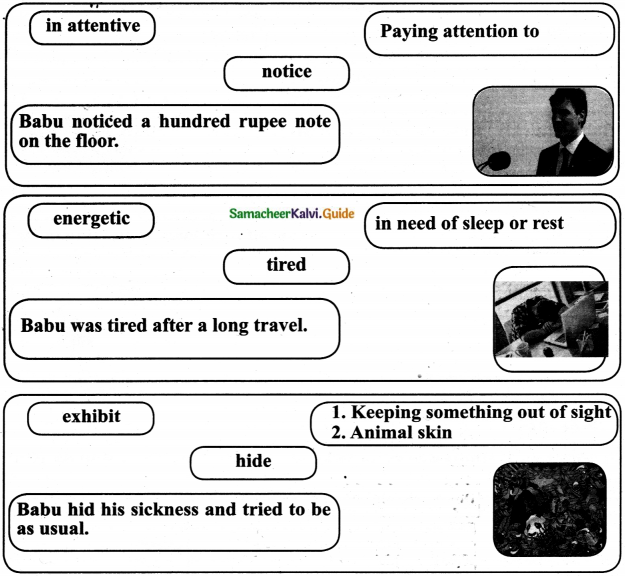
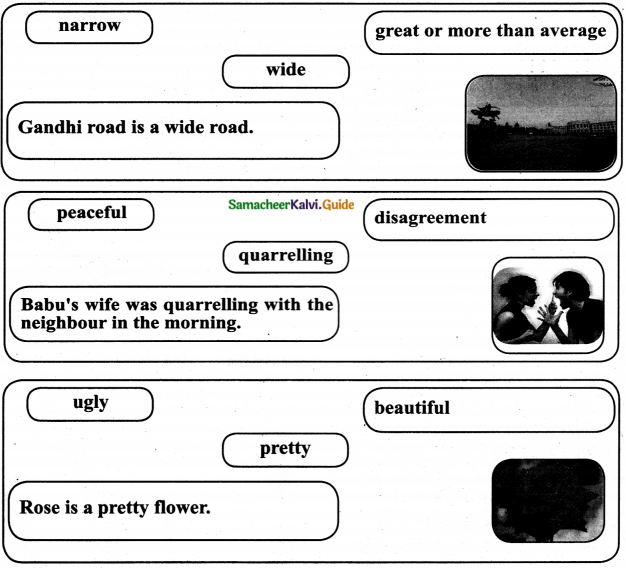
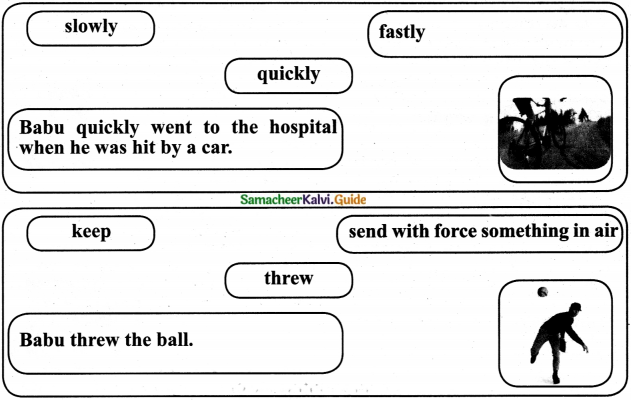
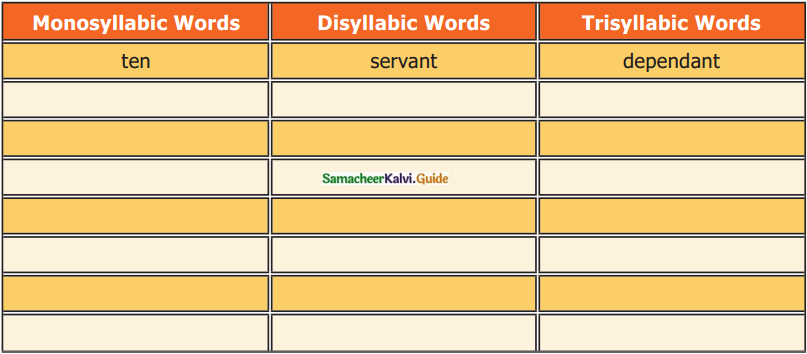
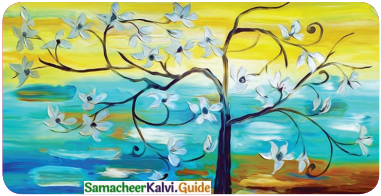
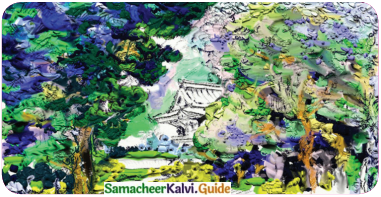
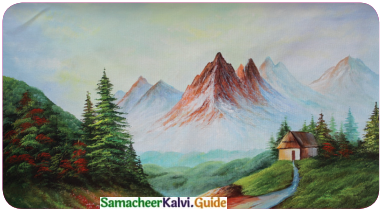
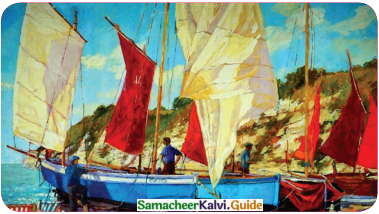
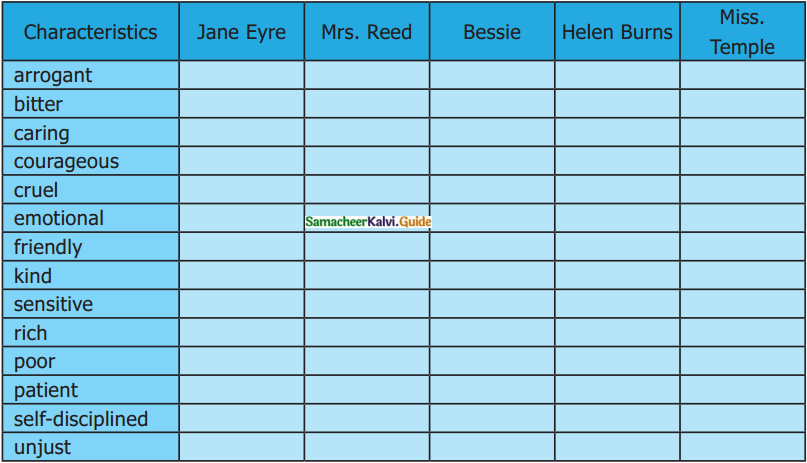
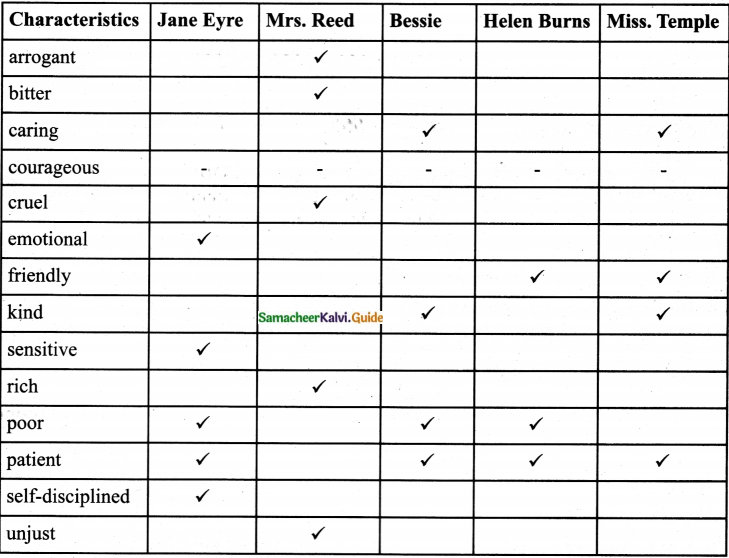
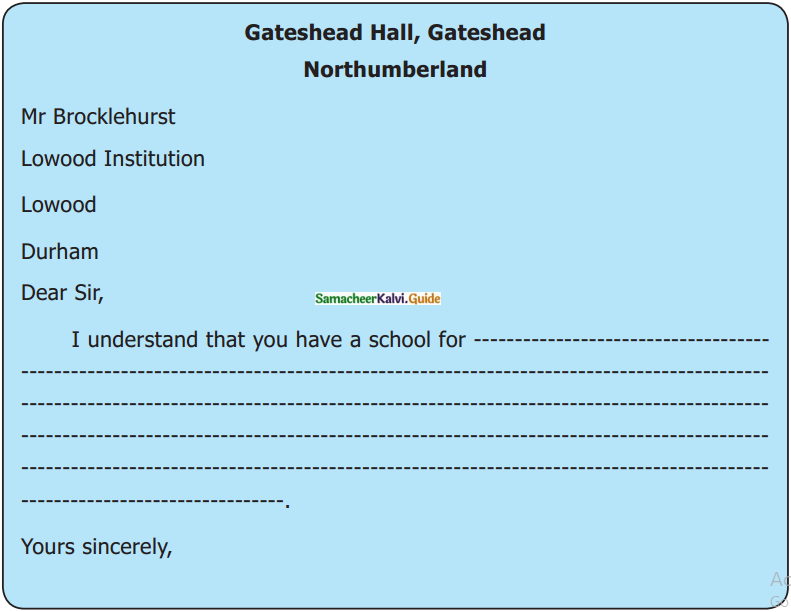
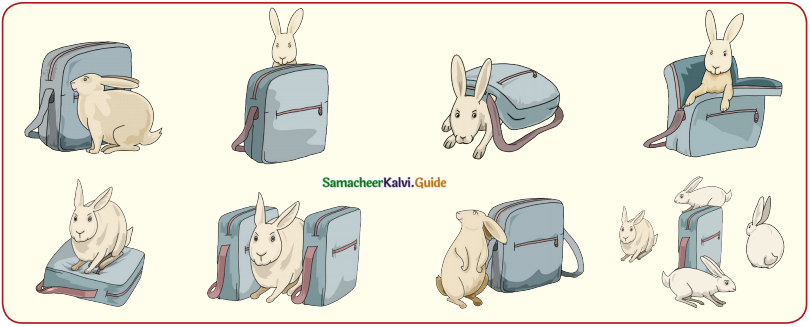
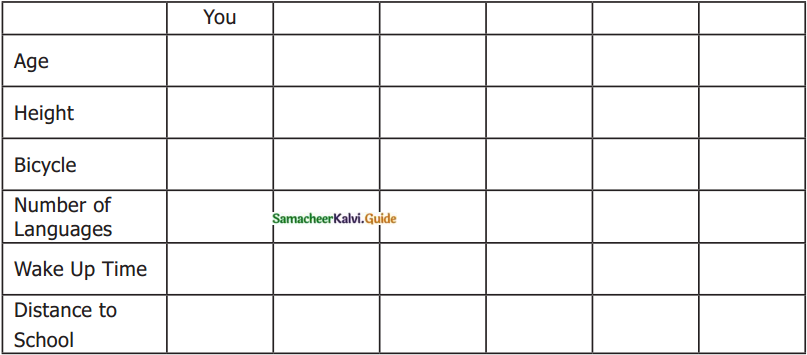

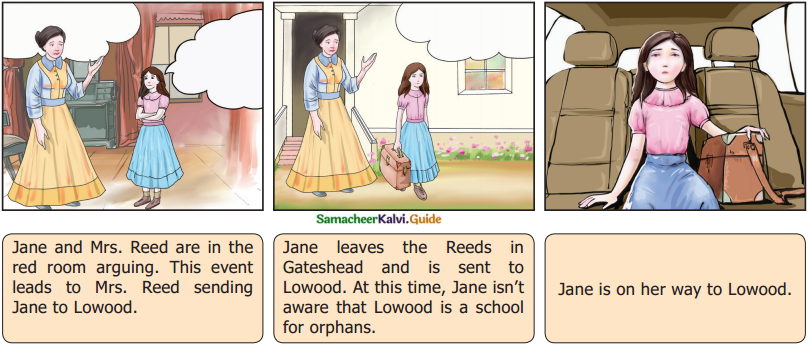
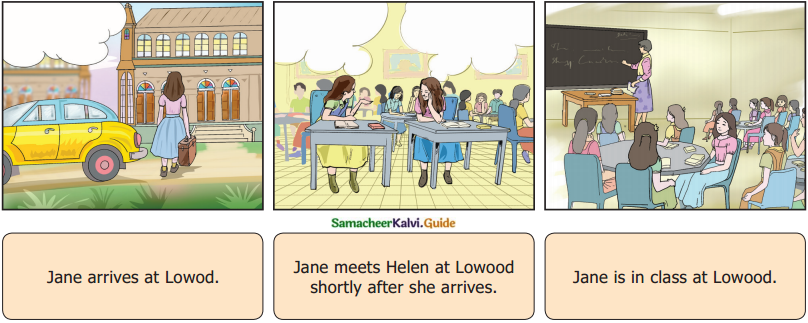 Answer:
Answer: